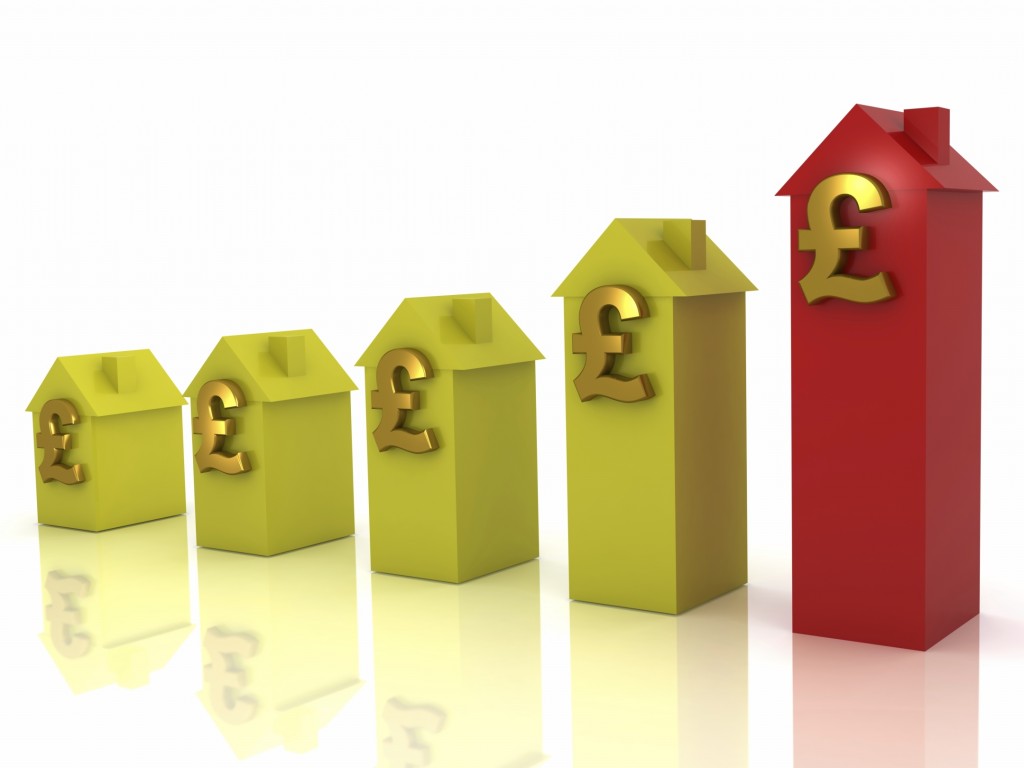House prices in London, the South East and East Anglia are predicted to rise by a further 5% annually over the next five years, despite offering the poorest value for money in the UK, according to the Royal Institute of Chartered Surveyors. This compares to an average annual increase in UK house prices of 4.5% over the […]
 House prices in London, the South East and East Anglia are predicted to rise by a further 5% annually over the next five years, despite offering the poorest value for money in the UK, according to the Royal Institute of Chartered Surveyors.
House prices in London, the South East and East Anglia are predicted to rise by a further 5% annually over the next five years, despite offering the poorest value for money in the UK, according to the Royal Institute of Chartered Surveyors.
This compares to an average annual increase in UK house prices of 4.5% over the next five years.
RICS said in its latest UK residential market survey that the UK housing market has seen a rise in demand following the government’s decision to increase stamp duty by 3% for buy-to-let investors.
The survey found that the number of chartered surveyors reporting a rise in new buyer enquiries was up 16%, since the Chancellor announced these measures in the Autumn Statement last November.
RICS chief economist, Simon Rubinsohn, said that the housing market has experienced an “unusually buoyant” December.
He said: “Those in the industry have been speculating that this is the result of the Chancellor’s announcement last November. Potential buy-to-let investors are looking to pick up properties before the increased stamp duty levy comes into force next April. If that is the case, then we can expect to see the housing market heating up further over the next few months.
“The belief that demand was fuelled by announcements included in the Autumn Statement was further supported by qualitative responses to the survey.”
The survey also revealed that 62% of chartered surveyors believe that homes in the South East were either expensive or very expensive, while 57% said the same about the capital.
In contrast, 100% of Northern Irish respondents and 92% from the North of England said homes in these areas offered fair value for money.
Half of the respondents reported that UK house prices had risen since November, with East Anglia and the South East of England experiencing the biggest increases.
Brian Murphy, head of lending at Mortgage Advice Bureau, said: “Looming stamp duty changes will be at the forefront of many buyers’ minds looking to purchase a buy-to-let investment or second home. This sprint to beat the 3% tax hike is likely to continue to cause heightened demand in the coming months.
“As well as new entrants to the market, activity has also been stoked by homeowners cashing in on the rising value of their home to climb to the next rung of the property ladder.
“However, this growth is being built on shaky foundations. With scarce new homes being brought into the market, housing transactions are largely dependent on homeowners moving and selling their homes. Property turnover has slowed significantly in recent years, and this is an unsustainable path for a housing market which urgently needs an increase in the construction of new homes.”














